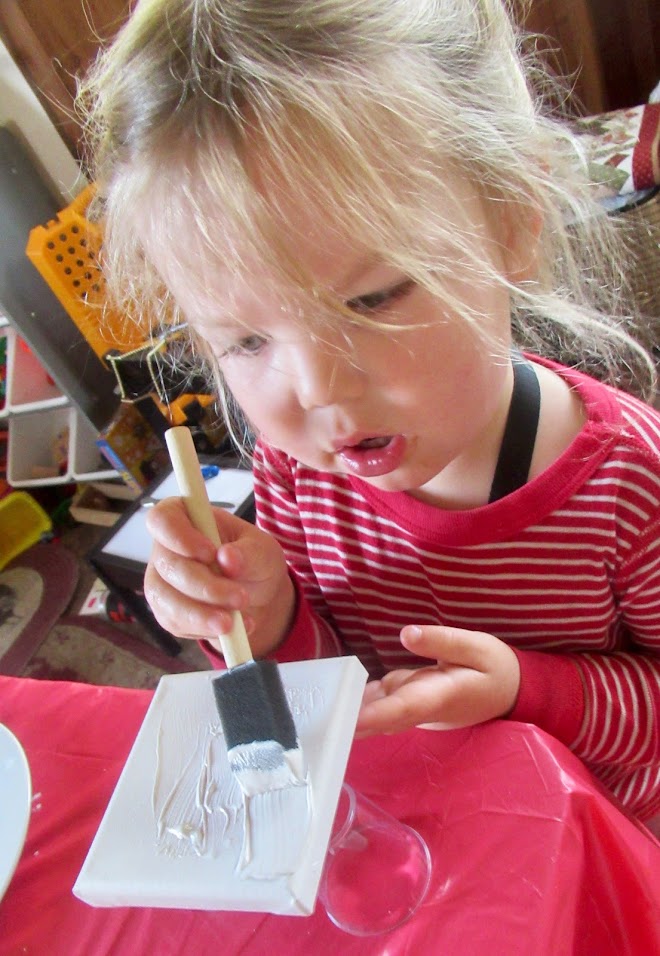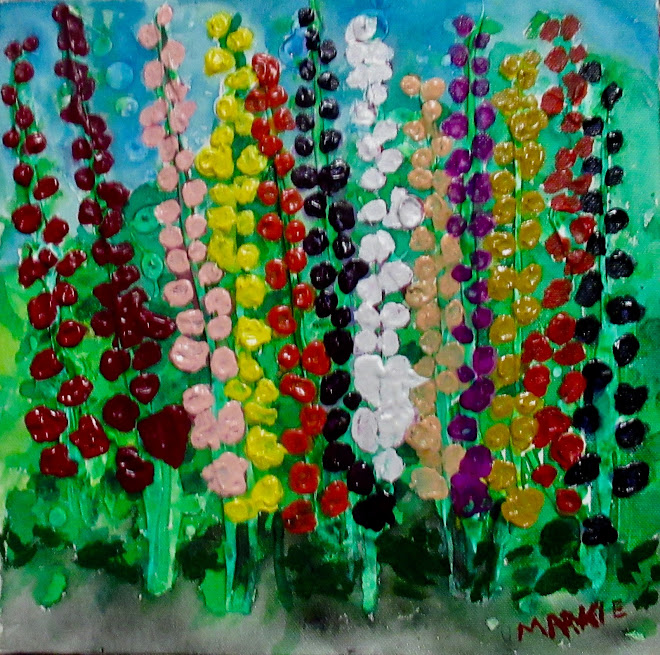I was watching the San Francisco Giants play the Los Angeles Dodgers on regional television that day in August, of 1965, when Juan Marichal clobbered Johnny Roseboro over the head with a baseball bat. I raced into the kitchen shouting, “Marichal bashed Johnny Roseboro over the head with a baseball bat-on television!” while looking for any one of my then-seven siblings, but unfathomably there was no one to be found.
This incident is the basis for a new book out by John Rosengren, entitled “The Fight of Our Lives: How Juan Marichal and John Roseboro Turned Baseball’s Ugliest Brawl into a Story of Forgiveness and Redemption.” The book depicts the friendship that evolved out of the disaster of this late-season explosion of violence. As horrified as I was at the time, I was not surprised. For countless reasons the two teams did not like each other. The Marichal/Roseboro “incident” simply highlighted this heated rivalry.
Going into eighth grade at the time, as a Dodger fan in SoCal, I will never forget this game. All of the past posturing by both teams, milling around while guys jawed at one another-all gone in an instant. This was not a case of Marichal brandishing the bat and settling for a glancing blow. No, Marichal clubbed Johnny twice, opening up a two-inch gash over his left eye. Even in black and white TV, it was apparent that there was a lot of blood.
The Giants/Dodgers feud was a tailor-made setup for a special brand of rivalry, because it had already been in full swing for generations before the two teams relocated to the West Coast in 1958. Both had at their core, players who established benchmarks during their careers, the most dramatic of acts always seeming to come when playing each other. The Dodgers had Maury Wills, who set a record in 1962, with 104 stolen bases. It was his intimidation on the base paths, so essential to the Dodgers’ styIe of play, that set the tone for the one-run games, primarily of the 1-0 and 2-1 variety. It was the norm. The Giants had Stretch, Willie McCovey, a guy who started off his career with a four-hit day, and never slowed down. He played at such an elevated level that they named an award after him, the Willie Mac Award, presented to the most inspirational Giant each year.
There was, of course, provocation. Earlier in the game Marichal had decked both Maury Wills and Ron Fairly after they each got hits. When Sandy Koufax was ordered to retaliate, the best he could do was sail one well over the head of Willie Mays in the second inning. Given his reputation for accuracy, no one bought it. Koufax was simply not a confrontational guy; after all, he had Don Drysdale to take care of that.
Wills intimidated opponents on the base paths, Stretch at the plate, but Don Drysdale got right down to basics. Possibly the most formidable pitcher of his time, he threw inside to the batter as routinely as he did outside, almost nonchalantly. So when he hit a guy, you could rest assured it was not a mistake. At the plate he had 218 lifetime base hits, with 29 home runs. Today, a hitting pitcher of his caliber would be inconceivable. The Giants had the Dominican Dandy, Juan Marichal, so named because he was very fastidious about his appearance, and always presented a very fashionably stylish exterior. He won 243 games in his career, and had a lifetime ERA of 2.89. Most pitchers would have career years if one of their season ERA’s were that low. It is a matter of record that Juan Marichal never received a single Cy Young Award vote until 1970.
So Johnny took matters into his own hands. He sent a ball whistling past Marichal’s head on its return trip to the mound, and though Marichal got angry, he let it pass. Then, after supposedly dropping the ball on purpose so it would roll a little way away from him, Roseboro did it a second time, nicking Marichal’s ear, and the Dominican Dandy did a most un-dandy-like thing. He went postal while holding a baseball bat, on TV, no less.
The Dodgers had Sandy Koufax and all he did was throw the most devastating curve ball in existence. He is recognized as the best to throw it in his era. He had pin-point control at the height of his career, which is amazing considering in the early years he was as erratic as the worst of them. In other words, he was the prototypical southpaw. He dominated the National League, competing against a series of left-handed hurlers who exerted similar control: Bob Gibson, Fergusen Jenkins, and Steve Carlton, among them.
Even as the players stormed out onto the field, the whole scene had a surreal feel to it, as the thought of further violence did not seem unrealistic. In the ensuing aftermath, somehow finding out that Willie Mays was the one applying the towel to his opposing catcher’s temple, helped begin the healing process, one that would not be completed until years later, which is what Rosengren’s book is all about.
The Giants had “The Say, Hey Kid,” Willie Mays, who could beat a team in more ways than I have ever seen any of the great ones demonstrate. His great hitting aside, he could also reach over the fence and snatch a home run away from his opponent, while the batter came to a halt on the way to second base, and groaned. He could make a circus catch, nailing a runner trying to tag from third, on a perfect throw from center field to home plate, and he could do both on the same play. Two for one. The man was a god on the field.
At the time I was shocked-I think the entire baseball world was rocked. What was not surprising for the time is the fact that the consequences for this assault included a nine-day suspension and a fine of $1,750. Years later, Marichal was denied entry to the Hall of Fame for two consecutive years after he became eligible, and only got in when Roseboro, now a good friend, lobbied for him publicly.
Is the rivalry over? Not. There’s a new spin on it these days that goes something like this: How much money does it take to buy a Dodger’s team? Evidently, not enough, yet. On the other hand, the masters of chemistry, the Giants, have lab all set up and ready to go. The Dodgers versus the Giants in the NLCS would be the next logical step to test out this storied rivalry. The table is set; it’s time to feast. Bring on Clayton Kershaw opposing Madison Bumgarner, and let the Show begin.















No comments:
Post a Comment